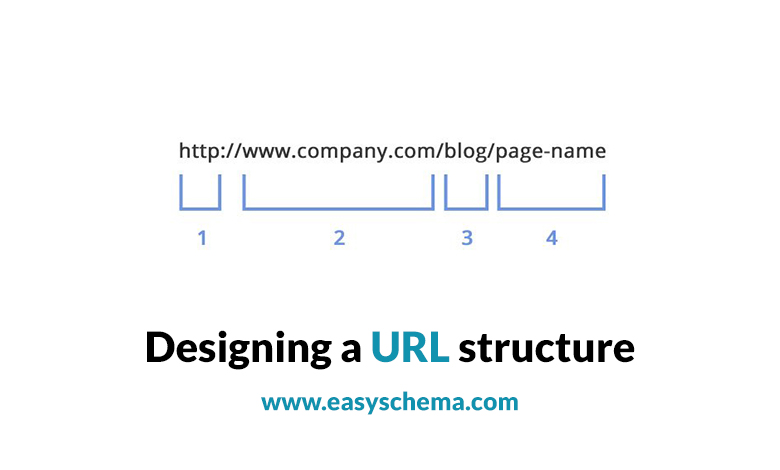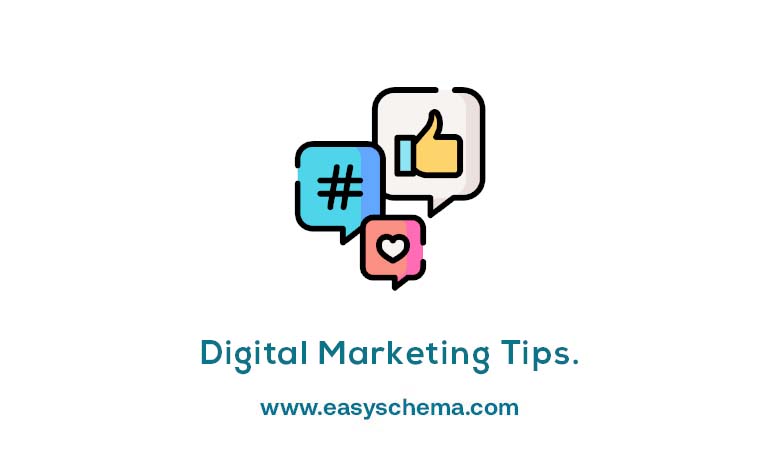Well-designed URLs can attract web pages to your site; if you check the URL, this guide will have URL structure structures to remove Google indexing problems from e-commerce drivers.
If you are using e-commerce, you can pass it successfully because the platform has considered these issues.
Why URL structure matters?
- To be lost, if Googlebot thinks she will return two URLs, one URL can be retrieved by the tracker. This happens if snippet identifiers show different content. Google does not use snippet identifiers in indexing.
- The crawler can take all issues several times if Google thinks the two URLs are different but results in the same. this prevents the crawling of pages and placement on the server without anything.
- The crawler may think your site has an undetermined number if your URLs are a variable value, e.g., a timestamp. As a result, Google has more time to find its content on the site.
Google Search and How Page Index Works from Google Page Crawlers for more information on how Google crawls and indexes pages check Google Developers search.
Use the? Key = value URL settings instead of the? Value, where you can. The URL settings allow Google Search to understand your pages’ structure and crawl them properly.
Recommended: / photo-frame? Page = 2, / t-shirt? Color = green
Not recommended: / photo-frame? 2, / t-shirt? Green- Do not allow the same parameters to be used twice because Googlebot may not call them one of the values.
Recommended:? Type = candy, sweet
Not recommended:? Type = candy & type = sweet- Divert internal links to temporary settings, such as their IDs, tracking codes, relative user values (location = nearby, time = last-week), current time, etc. It can happen to URLs that have short lives or duplicate URLs for the same page. To get good results from Google Search, use long-term URLs and more.
Recommended: / t-shirt? Location = UK
Not recommended: / t-shirt? Location = nearby, / t-shirt? Current-time = 12: 02, / t-shirt? Session = 123123123- Show Google which query parameters should be used in your URLs using the URL parameter attributes in the Search Console.
How Google understands URLs for product variants?
If you choose to have several variants on the same page, you should consider the restrictions listed below:
- The page may not match the search results as it only supports a single product.
- Sometimes purchases with Google can not send the customer where they want to buy the product. As a result, it brings an unsatisfactory experience.
If you’re going to choose a specific URL, Google recommends using one:
A segment of the road, for example: / t-dress / black
A query parameter, such as / t-dress? Color = black
For Google to understand the best option to appear in the search, select one of the variant URLs as the canonical URL for the product.
If you use optional query parameters for all variants, use the URL with the query parameters skipped as the canonical URL. As a result, Google understands different product variants. For example, if the predefined color parameter values of the query for a T-shirt are black, then.
Use/pants canonical URL for all pants variants
For a red pants, use / pants (and not / pants? Color = red
For a pair of black pants, use / pants? Color = black
Use URLs in your content:
For Google to better understand the products and variants between the effects of these practices:
- I am using the same URL for internal tags and sitemaps.
- Use tags that show the current page on all pages that can not summarize in a sitemap file.
- Include canonical URLs in all variants using tags.
- Include direct links using <a href>, and do not use JavaScript to navigate between pages as GoogleBot may not be able to navigate.
- Inclusion of texts with full meanings.
- Remove indexing with junk content.
- Additional resources
The information matches the documentation provided by Google Search Central




